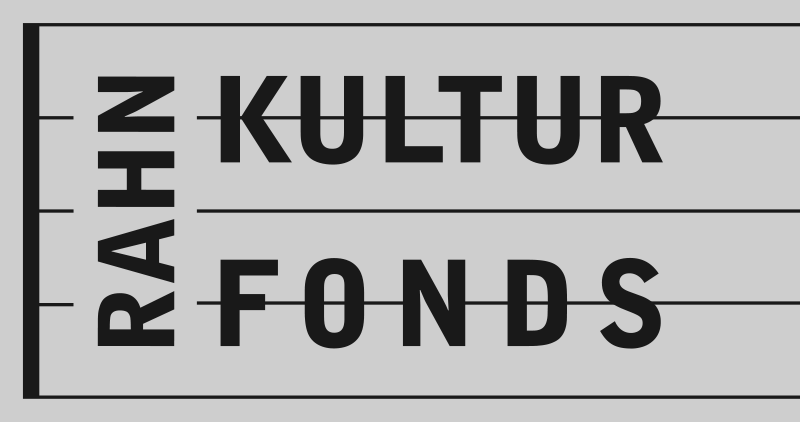FROM LINE TO BRONZE

Sculpting Sound, Shaping Gesture
The Museum of Art and History La Neuveville honors one of its iconic artists Max Pfänder, a Swiss sculptor and a significant figure in the local heritage of the Canton of Berne. This year, in partnership with the museum, our festival begins with a fusion of visual arts and music, focusing on dance as the central theme of this edition.
To start, cellist Vilém Vlček interacts with Max Pfänder’s works in an immersive performance where sound and image converge. Video projections complement the exhibition, creating an environment where a movement is frozen in light, and music molds the moment. This interplay of matter and vibration marks the opening of a celebration dedicated to the art of gesture and artistic expression.
Max Pfänder (1900-1966)
Sculptor
Born in 1900 in Reichenbach, Saxony (Germany), Max Pfänder showed exceptional talent in drawing and sculpture from a young age. In 1910, at the age of ten, he moved with his family to St. Gallen (Switzerland), where he began his training as a sculptor and marble carver. This profession allowed him to acquire a deep mastery of materials and modeling. His early career years were devoted to creating funeral steles and monuments, where he perfected his art of working with stone and marble.
In 1939, he married Hélène Riedener and settled in La Neuveville, where his style took a new dimension. Inspired by Aristide Maillol, with his sensual and harmonious forms, and by Auguste Rodin, master of expressiveness and movement, he developed his own artistic language, oscillating between classical balance and emotional intensity.
At the heart of his work is the human figure, which he shapes with great sensitivity. Working with stone, bronze, and wood, he created sculptures with clean lines, imbued with a subtle inner strength. The recognition he received during his lifetime allowed his works to be integrated into both public and private spaces, where they continue to be admired.
Today, his sculptures adorn the squares and gardens of many Swiss cities, attesting to Max Pfänder’s importance in the artistic landscape of the 20th century. His work, at the crossroads of tradition and modernity, continues to inspire both enthusiasts and connoisseurs.














